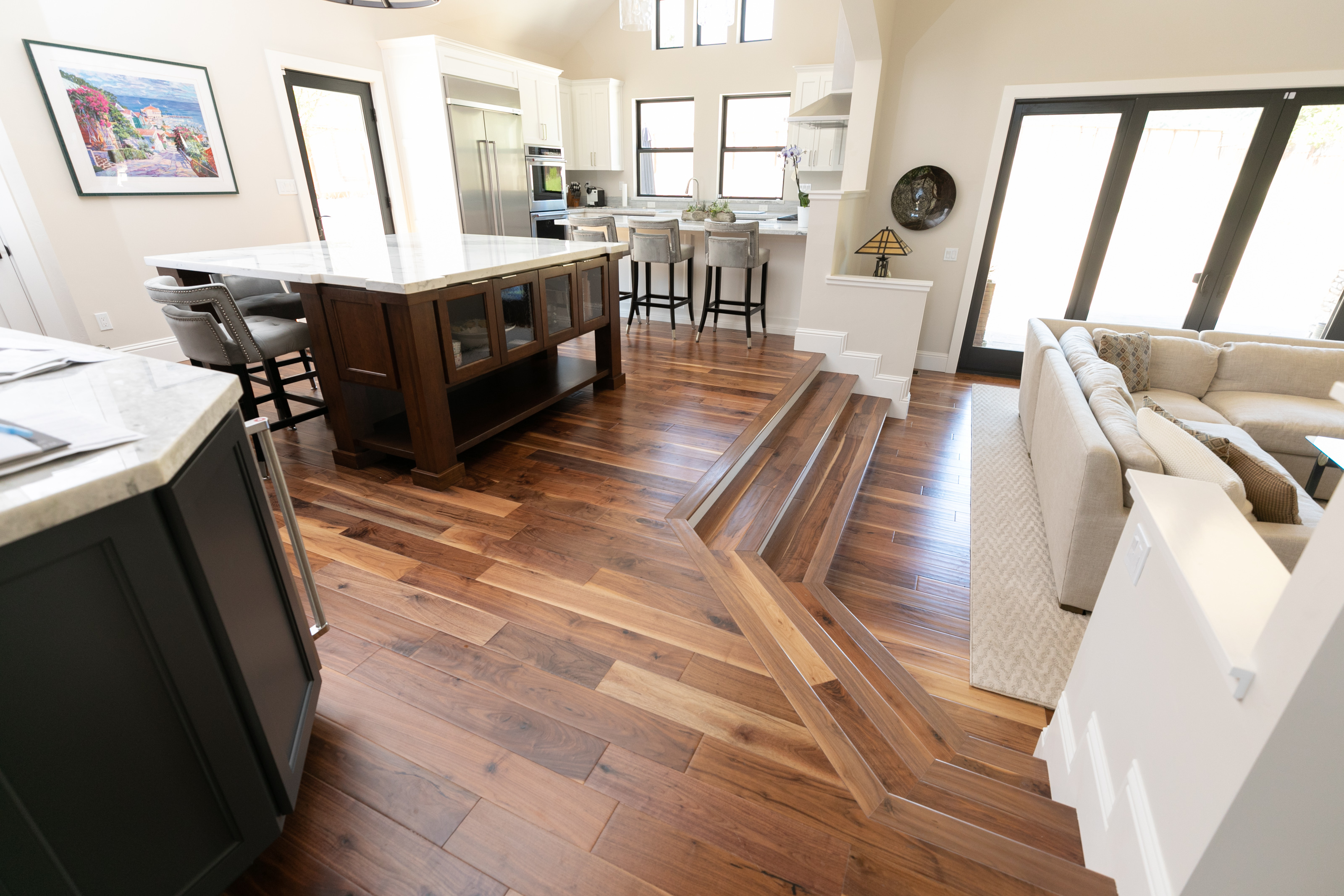How to Tell When Your Hardwood Flooring is in Need of Repair
 Hardwood flooring is adored for many reasons, one of them being its incredible level of natural beauty. With that beauty, though, comes the price of keeping it intact. That means staining, finishing, and occasional sanding when the situation calls for it. Even with perfect maintenance, however, your hardwood floors can fall into a state of disrepair that requires a more rigorous repair job to restore them to their former glory.
If you have hardwood floors that might be in need of repair, here’s how to tell if they do need some fixing up, and how you can avoid complications in the process of repairs.
Hardwood flooring is adored for many reasons, one of them being its incredible level of natural beauty. With that beauty, though, comes the price of keeping it intact. That means staining, finishing, and occasional sanding when the situation calls for it. Even with perfect maintenance, however, your hardwood floors can fall into a state of disrepair that requires a more rigorous repair job to restore them to their former glory.
If you have hardwood floors that might be in need of repair, here’s how to tell if they do need some fixing up, and how you can avoid complications in the process of repairs.


